
Professor Guillermo Lopez-Lluch and a research team tested seven different CoQ10 supplement formulations containing 100 mg of CoQ10 in 14 young, healthy individuals. The researchers measured CoQ10 bio-availability as area under the curve of plasma CoQ10 levels over 48 hours after the ingestion of a single dose. They repeated the measurements in the same group of 14 volunteers in a double-blind crossover design with a minimum of 4-week washout between intakes. The research results showed that there were statistically significant variations in the bio-availability of the CoQ10 formulations. The best absorbed CoQ10 formulation was a formulation containing ubiquinone (oxidized CoQ10) dissolved in a soy oil matrix.
The first-ever head-to-head comparative bio-availability study has shown that a patented ubiquinone Coenzyme Q10 preparation gives a significantly better absorption and bio-availability than a patented ubiquinol product.
That is what happened in the double-blind, cross-over study conducted by researchers at the Pablo de Olavide University in Sevilla, Spain, in 2018 [Lopez-Lluch 2019].
This is important for several reasons:
Until this study in 2018, there had never been a head-to-head comparison study of the bio-availability of a ubiquinone CoQ10 supplement and a ubiquinol supplement [Judy 2018].
There have been and continue to be many misleading claims for an alleged superior absorption of the ubiquinol products. These claims have been based on comparisons of absorption data from different studies done by different researchers using different protocols and testing different sets of study participants [Judy 2018]. These comparisons have been patently unfair and deceptive.
There is evidence from lab studies and animal studies that the ubiquinol in ubiquinol supplements will be converted to the ubiquinone form in the stomach and the duodenum prior to absorption in the jejunum. The absorbed ubiquinone will then be converted back to ubiquinol in the absorption cells, in the lymph, and in the blood [Judy 2018].
The conversion from ubiquinol to ubiquinone and back to ubiquinol begs the question: why buy and take a ubiquinol supplement in the first place?
Ubiquinol supplements are notoriously unstable and difficult to manufacture. In many cases, the ubiquinol in the soft-gel capsule converts at least in part to ubiquinone while the capsules are still on the shelf [Judy 2018]. Again, why buy a ubiquinol product if you are going to get the ubiquinone form anyway?
Absorption of ubiquinol less than absorption of ubiquinone
In the Spanish study, the maximum plasma Coenzyme Q10 concentration from a single 100-milligram dose of the Ubiquinol QH product was about half of the Cmax seen with a single 100-milligram dose of the Myoqinon ubiquinone CoQ10 preparation [Lopez-Lluch 2019].
Similarly, the measurement of the area under the curve in milligrams per liter over 48 hours showed that the relative presence of Coenzyme Q10 in the case of Ubiquinol QH in plasma was around half of the Myoqinon ubiquinone CoQ10 presence in plasma [Lopez-Lluch 2019].
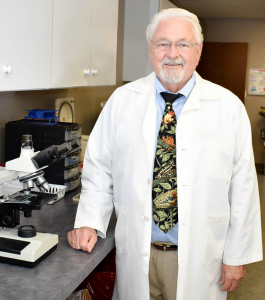
Dr. William Judy, SIBR Research Institute, recommends testing the contents of CoQ10 capsules. The ubiquinone content will have a yellow-orange color. The ubiquinol content should be milky white. If the content of a ubiquinol capsule appears to be yellow-orange, then the ubiquinol has already oxidized to ubiquinone inside the capsule.
CoQ10 Absorption Varies Considerably
The Spanish study shows that the absorption of Coenzyme Q10 varies considerably from product to product and even from individual to individual [Lopez-Lluch 2019].
The ubiquinone CoQ10 supplement that was best absorbed in the Spanish comparative bio-availability study was the same preparation that was used in the Q-Symbio study of Coenzyme Q10 as an adjunctive treatment for heart failure patients [Mortensen 2014] and in the KiSel-10 study of the effect of combined CoQ10 and selenium supplementation on the heart health of senior citizens [Alehagen 2013, 2018].
What makes for better CoQ10 absorption?
- CoQ10 crystals dissolved in vegetable oils give better absorption than CoQ10 crystals in crystalline powder form [Weis 1994].
- CoQ10 dissolved to single molecules and delivered in soft-gel capsules gives better absorption than other known formulations [Judy 2018].
- The absorption of the Coenzyme Q10 varies not just according to the form of the CoQ10, i.e. whether the CoQ10 is in the oxidized form (ubiquinone) or in the reduced form (ubiquinol). The degree of CoQ10 absorption is related to the composition of the vegetable oils in which the CoQ10 crystals are dissolved and heating and cooling procedures used prior to filling the preparation mix into the soft-gel capsules [Lopez-Lluch 2019].
- Buying a CoQ10 supplement with little or no documentation of its absorption and health effects is likely to be a waste of money. There is much variation in the CoQ10 products on the market in the USA and, accordingly, much variation in the absorption and bio-availability they deliver [Judy 2018].
Conclusion: Formulation trumps form in CoQ10 supplements
- It is a bit of a mystery why anyone would buy a ubiquinol supplement, given that ubiquinol products are known to be unstable and have very little documentation of their absorption and health benefits compared to the ubiquinone supplement.
- Even among the ubiquinone CoQ10 products, one needs to choose carefully. CoQ10 is relatively difficult to absorb in the best of formulations. It is important to choose a ubiquinone CoQ10 supplement that has been tested and documented as to its absorption and efficacy.
- Form – ubiquinone or ubiquinol – is a consideration in choosing a CoQ10 supplement. Ubiquinone is the stable, tested form. But formulation is arguably more important. The process used to manufacture a ubiquinone CoQ10 supplement that will dissolve into single molecules as the CoQ10 approaches the absorption cells is critical.
Sources
Alehagen, U., Aaseth, J., Alexander, J., & Johansson, P. (2018). Still reduced cardiovascular mortality 12 years after supplementation with selenium and coenzyme Q10 for four years: A validation of previous 10-year follow-up results of a prospective randomized double-blind placebo-controlled trial in elderly. Plos One, 13(4), e0193120. doi:10.1371/journal.pone.0193120
Alehagen, U., Johansson, P., Björnstedt, M., Rosén, A., & Dahlström, U. (2013). Cardiovascular mortality and N-terminal-proBNP reduced after combined selenium and coenzyme Q10 supplementation: a 5-year prospective randomized double-blind placebo-controlled trial among elderly Swedish citizens. International Journal of Cardiology, 167(5), 1860-1866.
Judy, W. V. (2018). Private communication.
López-Lluch, G., Del Pozo-Cruz, J., Sánchez-Cuesta, A., Cortés-Rodríguez, A. B., & Navas, P. (2019). Bioavailability of coenzyme Q10 supplements depends on carrier lipids and solubilization. Nutrition, 57, 133–140.
Mohr, D., Bowry, V. W., & Stocker, R. (1992). Dietary supplementation with coenzyme Q10 results in increased levels of ubiquinol-10 within circulating lipoproteins and increased resistance of human low-density lipoprotein to the initiation of lipid peroxidation. Biochimica et Biophysica Acta, 1126(3), 247-254.
Mortensen, S. A., Rosenfeldt, F., Kumar, A., Dolliner, P., Filipiak, K. J., Pella, D., & Littarru, G. P. (2014). The effect of coenzyme Q10 on morbidity and mortality in chronic heart failure: results from Q-SYMBIO: a randomized double-blind trial. JACC. Heart Failure, 2(6), 641-649.
Weis, M., Mortensen, S.A., Rassing, M.R., Møller-Sonnergaard, J., et al. (1994). Bioavailability of four oral Coenzyme Q10 formulations in healthy volunteers. Mol Aspects Med., 15 Suppl:s273-80.
The information presented in this review article is not intended as medical advice and should not be construed as such.


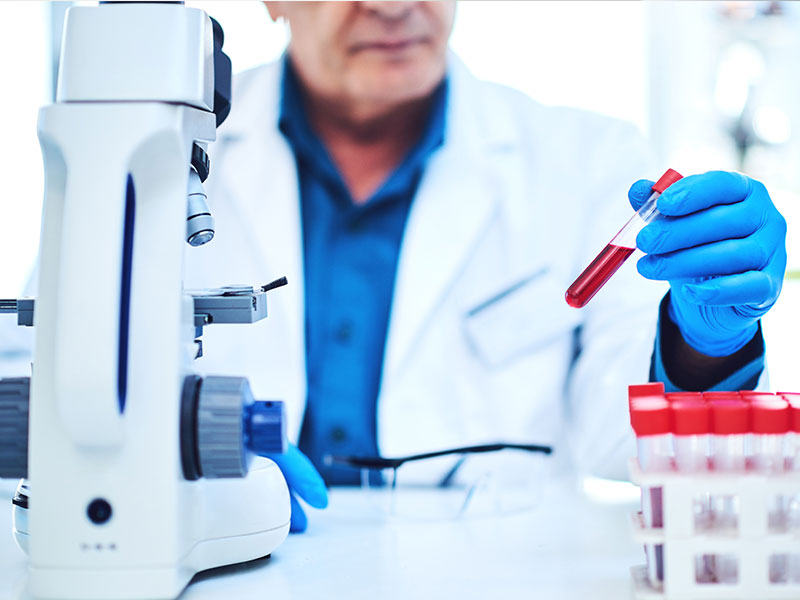
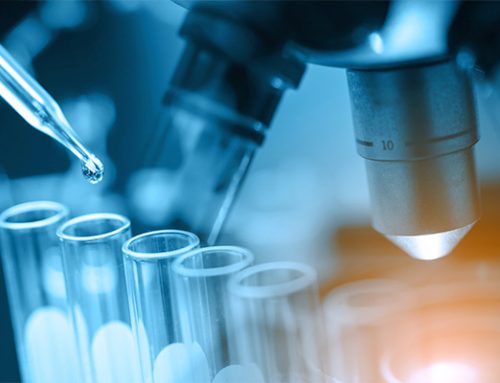
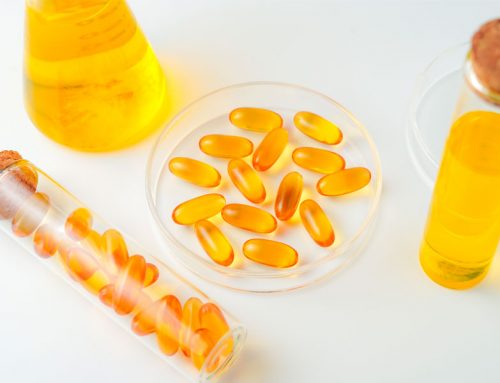

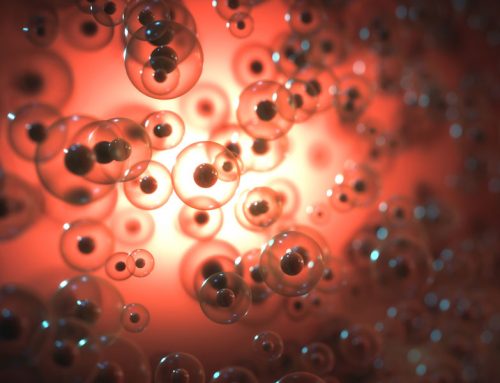
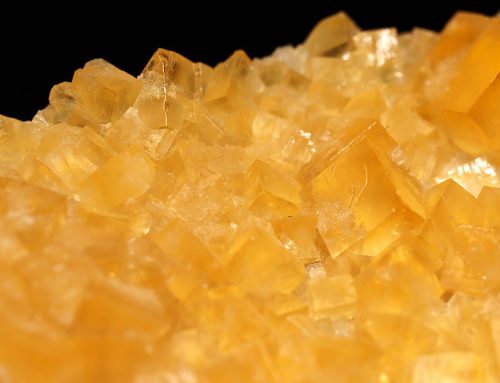
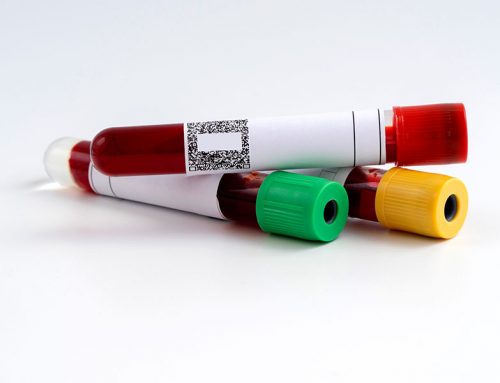
Please name a specific product that you consider to be the best CoQ10 available. Thanks for your advice
After further reading I already have my answer!
Joe,
Clearly not all Coq10 products on the market in the USA are equal — they are not equal in absorbability and not in clinical effects.
So, go with a documented CoQ10 product, one that was used in clinical trials.
Alehagen, U., Johansson, P., Björnstedt, M., Rosén, A., & Dahlström, U. (2013). Cardiovascular mortality and N-terminal-proBNP reduced after combined selenium and Coenzyme Q10 supplementation: a 5-year prospective randomized double-blind placebo-controlled trial among elderly Swedish citizens. International Journal of Cardiology, 167(5), 1860-1866.
López-Lluch, G., Del Pozo-Cruz, J., Sánchez-Cuesta, A., Cortés-Rodríguez, A. B., & Navas, P. (2019). Bioavailability of coenzyme Q10 supplements depends on carrier lipids and solubilization. Nutrition, 57, 133–140.
Mortensen, S. A., Rosenfeldt, F., Kumar, A., Dolliner, P., Filipiak, K. J., Pella, D., & Littarru, G. P. (2014). The effect of coenzyme Q10 on morbidity and mortality in chronic heart failure: results from Q-SYMBIO: a randomized double-blind trial. JACC. Heart Failure, 2(6), 641-649.
Thank you for reading q10facts.com, Joe.
I think the answer is to go with a CoQ10 product with documented absorption and bio-availability — see López-Lluch, G., Del Pozo-Cruz, J., Sánchez-Cuesta, A., Cortés-Rodríguez, A. B., & Navas, P. (2019). Bioavailability of coenzyme Q10 supplements depends on carrier lipids and solubilization. Nutrition, 57, 133–140.
And, then, if your CoQ10 product has achieved significant health outcomes in randomized controlled trials, so much the better,yes?
Alehagen, U., Johansson, P., Björnstedt, M., Rosén, A., & Dahlström, U. (2013). Cardiovascular mortality and N-terminal-proBNP reduced after combined selenium and Coenzyme Q10 supplementation: a 5-year prospective randomized double-blind placebo-controlled trial among elderly Swedish citizens. International Journal of Cardiology, 167(5), 1860-1866.
Mortensen, S. A., Rosenfeldt, F., Kumar, A., Dolliner, P., Filipiak, K. J., Pella, D., & Littarru, G. P. (2014). The effect of coenzyme Q10 on morbidity and mortality in chronic heart failure: results from Q-SYMBIO: a randomized double-blind trial. JACC. Heart Failure, 2(6), 641-649.